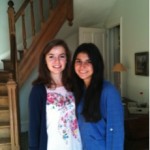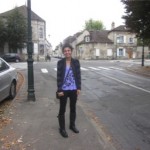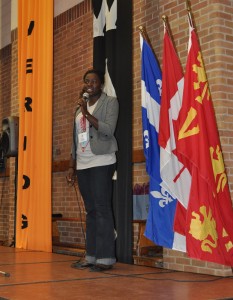6 octobre 2011
Quatre jours déjà et je tombe amoureuse de la France. La première journée, je suis arrivée le matin. J’ai rencontré Gwen et sa mère à l’aéroport. J’étais très fatiguée alors quand on est arrivé à la maison, j’ai dormi immédiatement. Le lendemain, c’était ma première journée d’école et j’étais très nerveuse. Quand je suis arrivée, j’ai réalisé qu’il n’avait aucune raison d’être dans cet état, car l’école est magnifique et toutes les personnes sont vraiment gentilles. Durant ma journée, j’ai rencontré des correspondants australiens et argentins. Le troisième jour, ma correspondante, Gwenaëlle, m’a emmenée à Senlis pour marcher dans la petite ville et c’était vraiment très beau. La quatrième journée, j’ai fait mon premier voyage à Paris avec tous les correspondants. Quand on est arrivé à Paris, nous avons visité le Grand palais et le Louvre. Au Louvre, j’ai vu la Joconde, et d’autres peintures célèbres de Leonardo Da Vinci et Michelangelo. On a appris beaucoup de choses sur la célèbre statue de Nike qui représente la victoire de Samothrace en 1863.–Brooke Stein ’13







